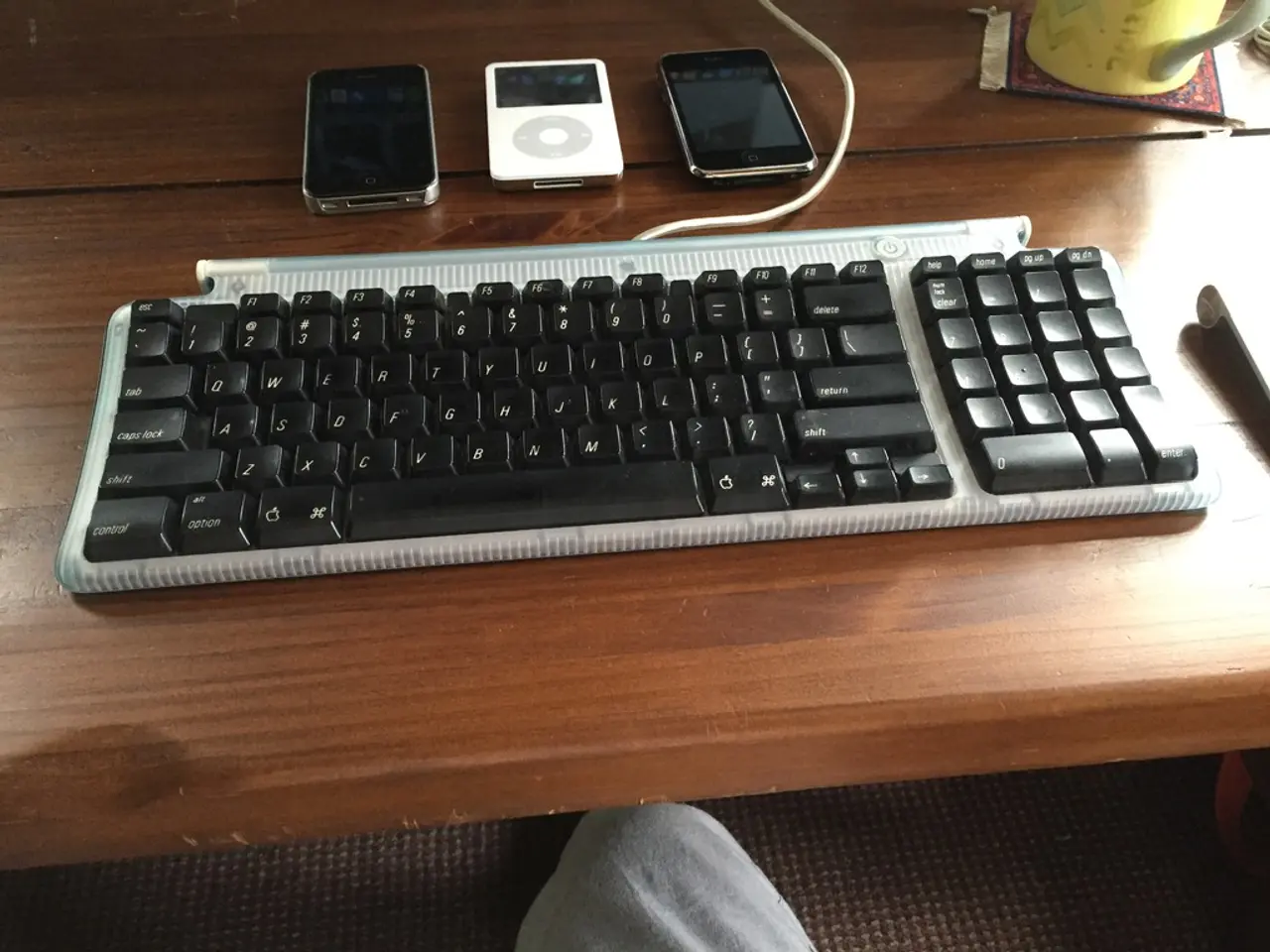Superior Touchpad Revolution: Lenovo's New ThinkPad Outshines Competition Again
Hey there!
Let's talk about touchpads in laptops — something reviewers in the industry might cringe at: They're not always terrific, unfortunately. Fortunately, there are exceptions, like the ones you'll find in quality Apple MacBooks or some Lenovo laptops. The latter offers a unique three-button clickpad that allows for simultaneous dragging and clicking.
But most touchpads I've tested share common issues:
- A surface that isn't entirely clickable, particularly in the upper portion, making it hard to move files smoothly.
- Clicking demands a lot of pressure, slowing down the user's navigation.
- The surface often has too much friction and lacks smoothness, making navigation a hassle.
Not all touchpads have the same flaws, but it's surprising how often these issues turn up.
Now, I recently tested the Lenovo ThinkPad X9-14 Gen 1 and discovered that it's changing the game: Introducing the haptic touchpad.
Lenovo's haptic touchpad: The Future is Now
You might wonder what a haptic touchpad is, right? It's a touchpad surface without actual buttons. Instead, a force sensor creates the sensation of a click through feedback when enough pressure is applied. Lenovo's haptic touchpads, manufactured by Sensel, offer a tactile experience similar to Microsoft and Dell's haptic touchpads.
So, what does it feel like to use a haptic touchpad? My first hour with the ThinkPad X9-14 Gen 1 felt unusual. But once I adjusted, I realized it addresses each one of my issues:
- The touchpad's surface is entirely clickable since it lacks a physical surface to click. It depends on haptics registering pressure and providing feedback to prevent accidentally unclicking when pressing higher on the touchpad surface.
- Clicking demands minimal pressure. While it took some time to get used to, I soon relieved how much less effort I exerted while dragging files around. I was less prone to accidentally unclicking, and there was less friction hindering my cursor movement.
- The surface feels incredibly smooth, as if navigating with an ice skate.
It takes time to adapt, so if you have the chance to give it a whirl yourself, be patient and give it more than a few minutes. Once I pushed past the unfamiliarity, I became a believer.
Embrace the Haptic Touchpad: The Industry Needs to Catch Up
I'm done using traditional touchpads. They ask for too much pressure, are inconsistent with clickability, and rarely support smooth tracking.
It's high time the industry embraced haptics as the future. Like many laptop manufacturers today who recognize that SSDs are superior to HDDs, they need to agree on haptic touchpads: They're a game-changer, and we should see most laptops flaunting them soon.
There are two exceptions: budget laptops and gaming laptops. Given that haptic touchpads are found only in Lenovo's premium products, it's understandable that they might be more costly to manufacture compared to traditional ones. Similarly, gaming enthusiasts who use external mice or gamepads likely don't need haptic touchpads, making it an unnecessary additional cost unless the laptop serves dual purposes.
Otherwise, productivity laptops and business laptops would greatly benefit from adopting the haptic touchpad. Haptics have given me a glimpse into just how smooth and seamless a trackpad experience can be.
Want to stay informed about the latest in technology? Sign up for our free newsletter, The Snapshot, featuring exclusive dispatches on the future of computing!
- The industry reviewers often criticize the touchpads in laptops due to their common issues, such as inconsistent clickability, high pressure required for clicking, and excessive friction.
- Lenovo's ThinkPad X9-14 Gen 1 is revolutionizing the touchpad game with its haptic touchpad, which is manufactured by Sensel.
- Lenovo's haptic touchpad works without physical buttons, creating a sensation of a click through feedback when sufficient pressure is applied.
- The haptic touchpad in the ThinkPad X9-14 Gen 1 addresses the common issues found in traditional touchpads by offering an entirely clickable surface, minimal pressure required for clicking, and a smooth surface for navigation.
- Despite the initial unusual feeling, the haptic touchpad offers a significant improvement in user experience, and it takes some time to adapt to its unique way of functioning.
- The industry should embrace haptics as the future of touchpads, similar to how they recognized the superiority of SSDs over HDDs.
- Apart from budget laptops and gaming laptops, productivity laptops and business laptops would greatly benefit from adopting haptic touchpads, offering a seamless and smooth trackpad experience.








